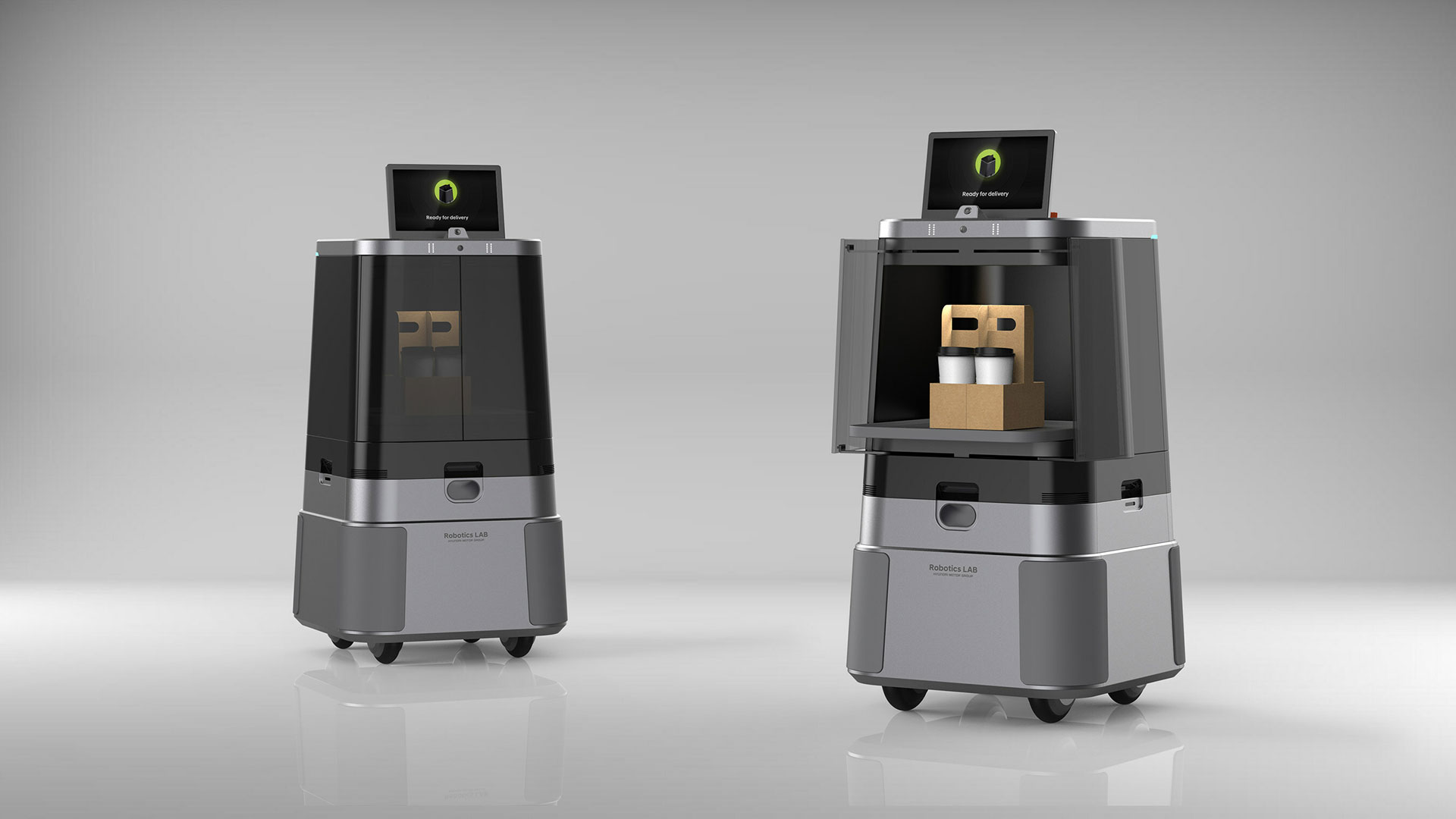Hyundai Motor Company and Kia Corporation have recently revealed an updated design for their DAL-e Delivery robot, complemented by visual and video materials. This robot is an evolution of a delivery model initially introduced in December 2022, with improvements aimed at enhancing its delivery capabilities within complex indoor environments such as offices and shopping malls.
The development of the DAL-e Delivery robot has benefited from insights gathered during Hyundai and Kia’s previous delivery pilot projects. As a result, the robot has seen significant enhancements in design and performance, ensuring more efficient and dependable delivery services within challenging indoor settings.
According to Dong Jin Hyun, Vice President and Head of the Robotics Lab at Hyundai Motor and Kia, the DAL-e Delivery robot is geared towards offering efficient and reliable food and beverage (F&B) and parcel dispatch services. This initiative is part of a broader vision to integrate infrastructure across various spaces, including offices, restaurants, and shopping malls, to streamline the delivery process.
One of the key design updates to the DAL-e Delivery robot is its square column shape with rounded corners, which improves driving stability by lowering the center of gravity. Additionally, the robot features discreetly integrated sensors and a metal-like finish, giving it a sleek and premium look.
The DAL-e Delivery robot is powered by four Plug & Drive (PnD) modules, which incorporate motors, steering, suspension, braking systems, and environmental recognition sensors into a single unit. This design allows the robot to move at speeds of up to 1.2 meters per second. The advanced autonomous driving technology and the free-moving PnD modules enable the robot to detect obstacles and navigate efficiently through crowded areas. Moreover, the robot’s improved suspension system ensures a smooth ride over uneven floor surfaces, contributing to stable and reliable delivery.

